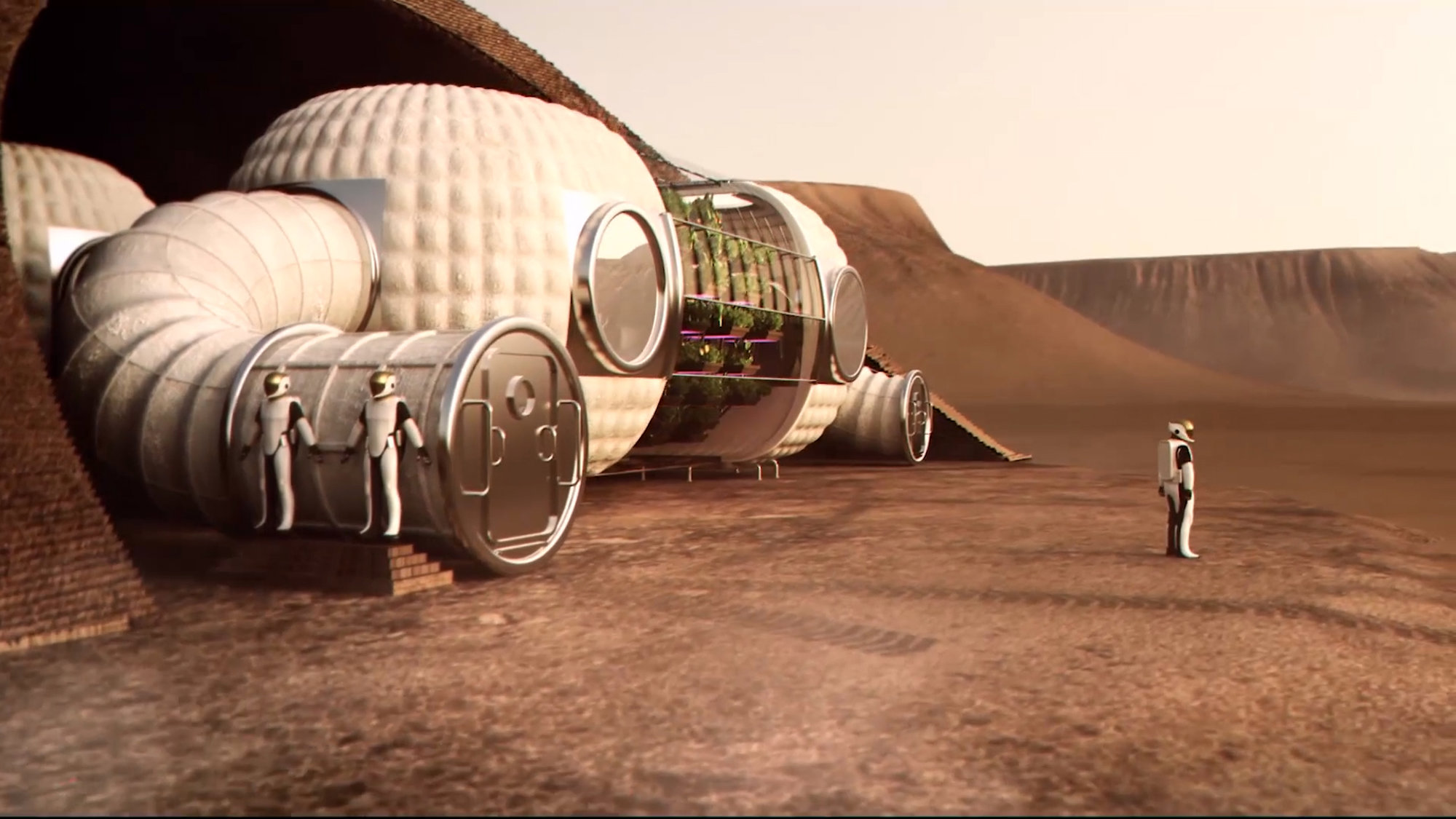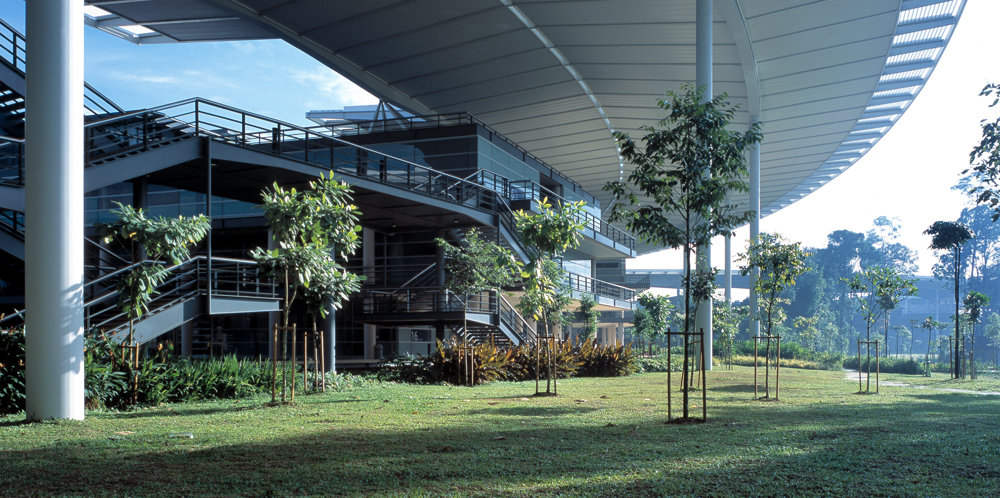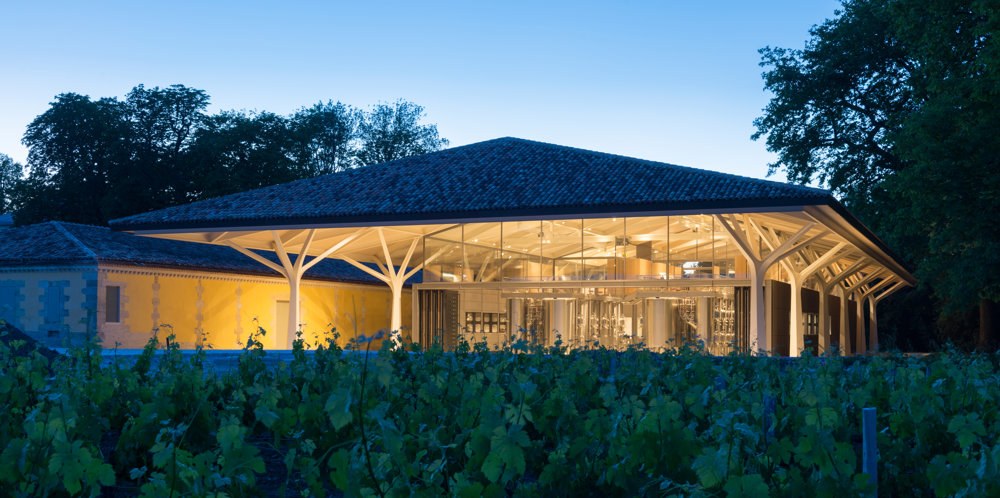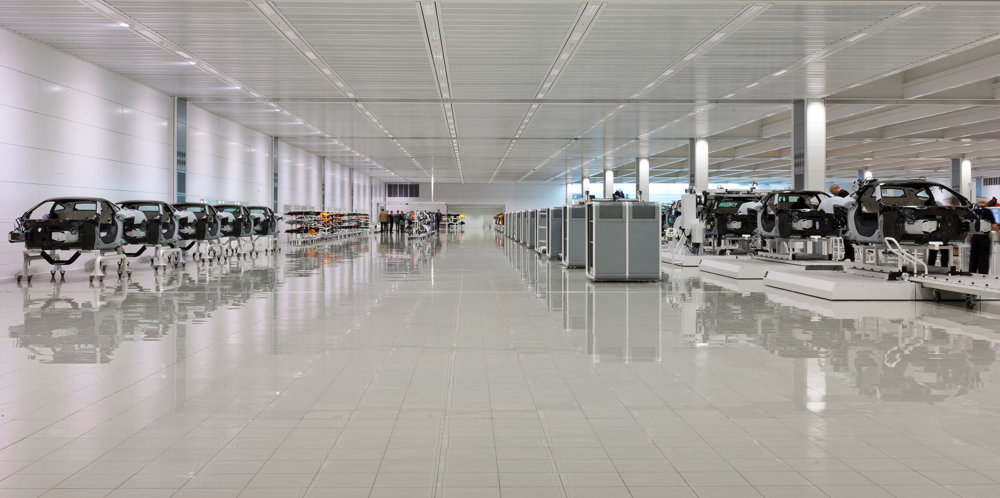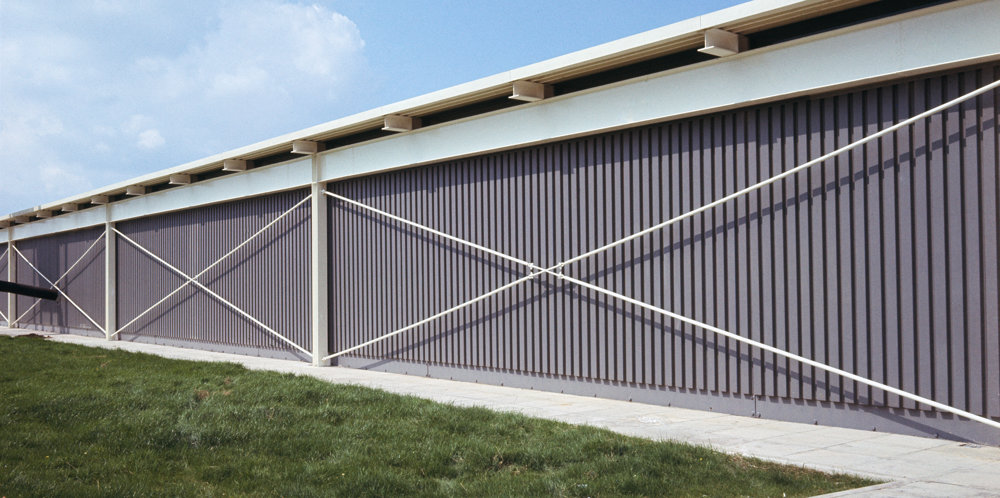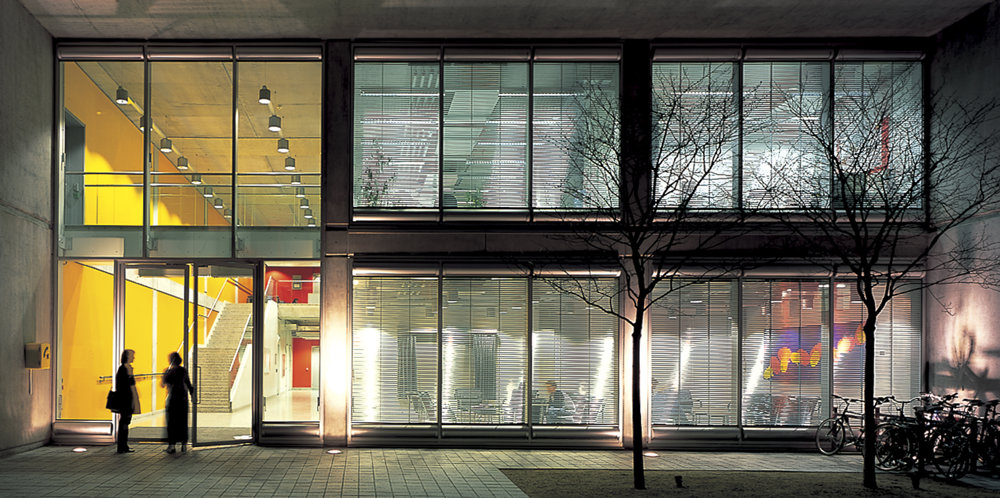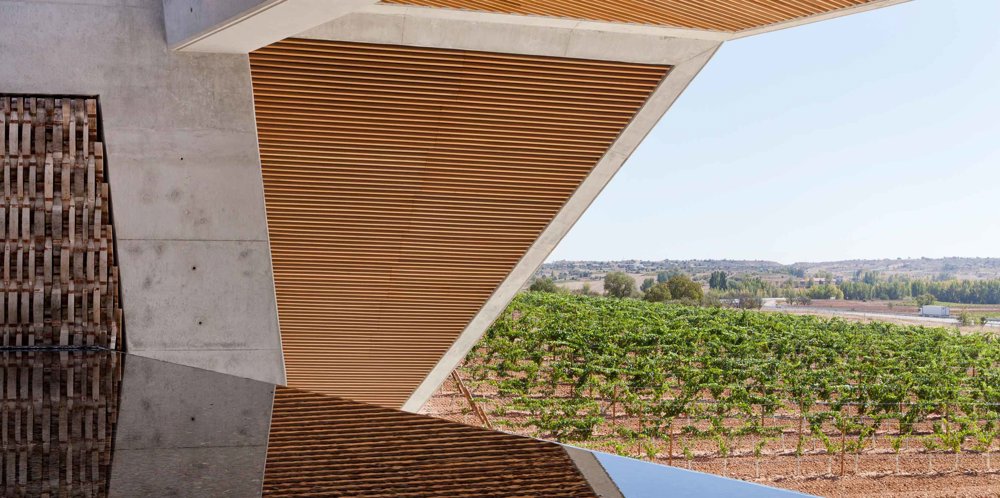View the 360 tour
Continuing the practice’s earlier design explorations for building in extreme environments and extra-terrestrial habitats with the Lunar Habitation project, Foster + Partners have been working on a NASA-backed competition for a 3d-printed modular habitat on Mars. The design for the Mars Habitat outlines plans for a settlement constructed by an array of pre-programmed, semi-autonomous robots prior to the eventual arrival of the astronauts. The habitat – created in collaboration with industrial and academic partners – envisions a robust 3D-printed dwelling for up to four astronauts constructed using regolith – the loose soil and rocks found on the surface of Mars.
The proposal considers multiple aspects of the project from delivery and deployment to construction and operations. The habitat will be delivered in two stages prior to the arrival of the astronauts. First, the semi-autonomous robots select the site and dig a 1.5 metre deep crater, followed by a second delivery of the inflatable modules which sit within the crater to form the core of the settlement. Given the vast distance from the Earth and the ensuing communication delays, the deployment and construction is designed to take place with minimal human input, relying on rules and objectives rather than closely defined instructions. This makes the system more adaptive to change and unexpected challenges – a strong possibility for a mission of this scale.









